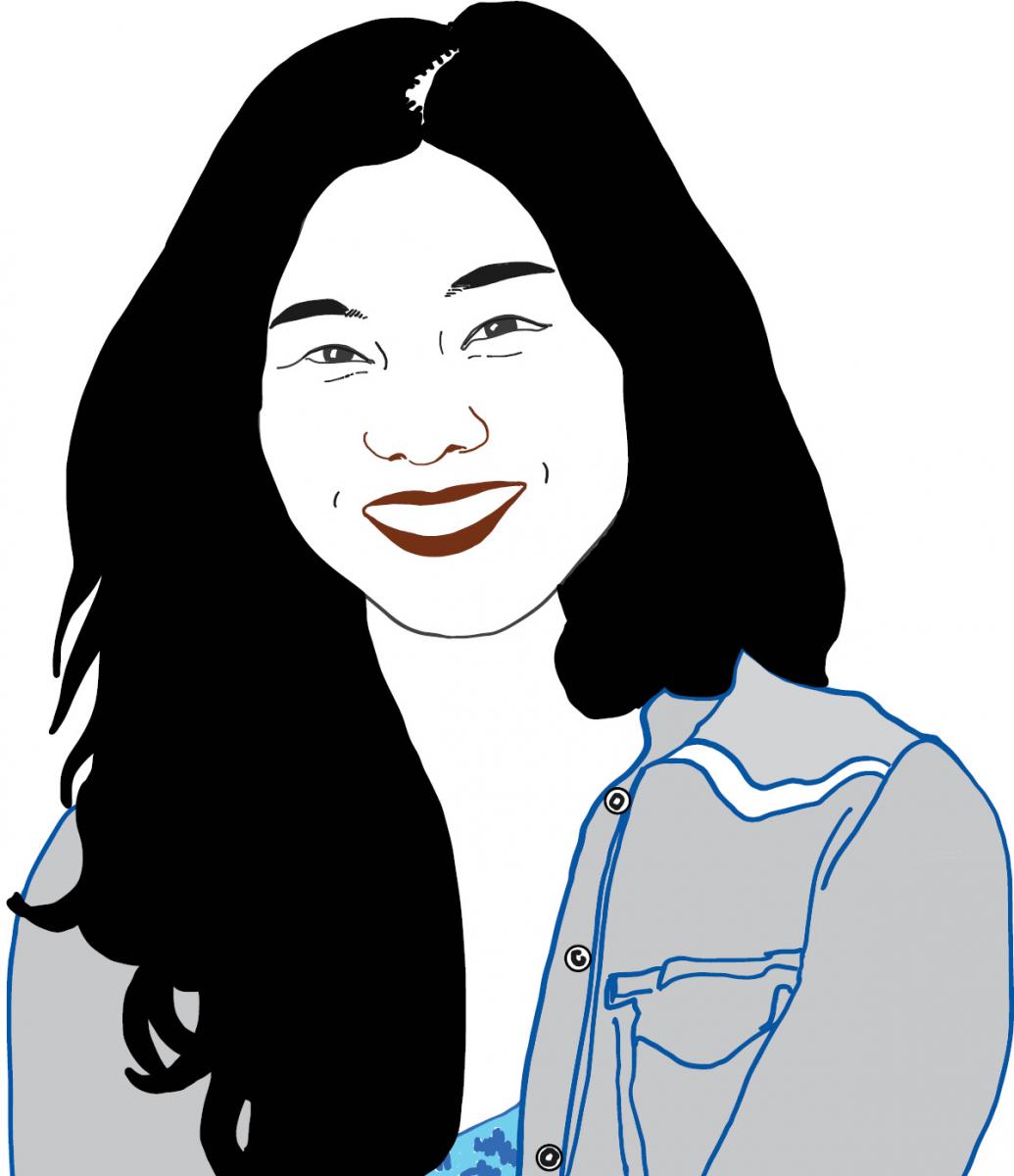Changing the face(s) of tech
It’s no secret that tech has a diversity problem. As of 2017, just over 7 percent of computer programmers in the U.S. were black, just over 5 percent were Hispanic or Latino and around 21 percent were women, according to the Bureau of Labor Statistics. We talked with Professor of Computer Science Ilmi Yoon about a program that aims to change that: Promoting Inclusivity in Computing (PINC). The program, funded by a $1.3 million National Science Foundation (NSF) grant, is centered on a new computing application minor designed to retain women and students from underrepresented groups.

What’s the motivation behind the PINC program?
Interdisciplinary data science is of huge importance, and the job market for it is amazing. But those jobs require computer science, which doesn’t look so attractive to women and underrepresented groups, possibly because of stereotypes about what computer scientists look like. Computer science terminology can easily scare people away — they’ll think “I probably don’t know a lot.” And when course materials seem really unrelated to them, students can lose interest very quickly. Something we’re trying is connecting their interests with computer science education.
“Computer science isn’t abstract.
It’s related to what students want to do.”
— Ilmi Yoon, Computer Science professor
What does that look like in practice?
We like to show that computer science isn’t abstract. It’s related to what students want to do. Showing those connections makes a huge difference. One of our successes with biology students is that we used a lot of biology-related topics in the course material and programming assignments. Students were so happy to understand those computer science concepts in the area they like and are familiar with. Then they find a passion project they really want to develop, and they learn what they need to learn to make that happen. When students like the topic and they have a passion, then they can push through. PINC’s cohort structure is important, too. Students take courses with a consistent group of classmates who have similar academic interests. That support system makes them more comfortable in their classes, which research has shown makes it easier for students to learn.
Has PINC been successful so far?
During the first two years, funded by the Center for Advancing Women in IT, we had one cohort complete it successfully. We are very proud of that group — they were 75 percent women and about 40 percent students from underrepresented groups. With those successes, we created a computing applications minor. We then submitted an NSF proposal, and that funding will support over 160 students in the minor and 120 computer science students as mentors in the next five years.
Can you explain the mentoring system in the program?
As a professor, I always found that teaching is the best way to learn. I’m really proud that the PINC program creates a lot of mentor opportunities. It’s a benefit for our computer science students: They’re getting opportunities to improve their own leadership and communication and computer science identity. Also, we have faculty who mentor the student mentors, teaching them how to work with students in order to create an inclusive community. They meet with small groups every week throughout the semester. Research shows that affinity groups give students a sense of belonging that makes them stay longer, especially for women and underrepresented groups.
Do you see PINC having an impact beyond SF State?
Yes — we’d like to develop a good model so other universities nationwide can adopt it from us. There’s also an education research component to the project: Our first cohort was very successful, but we want to know what made it successful and how we can help even more students.